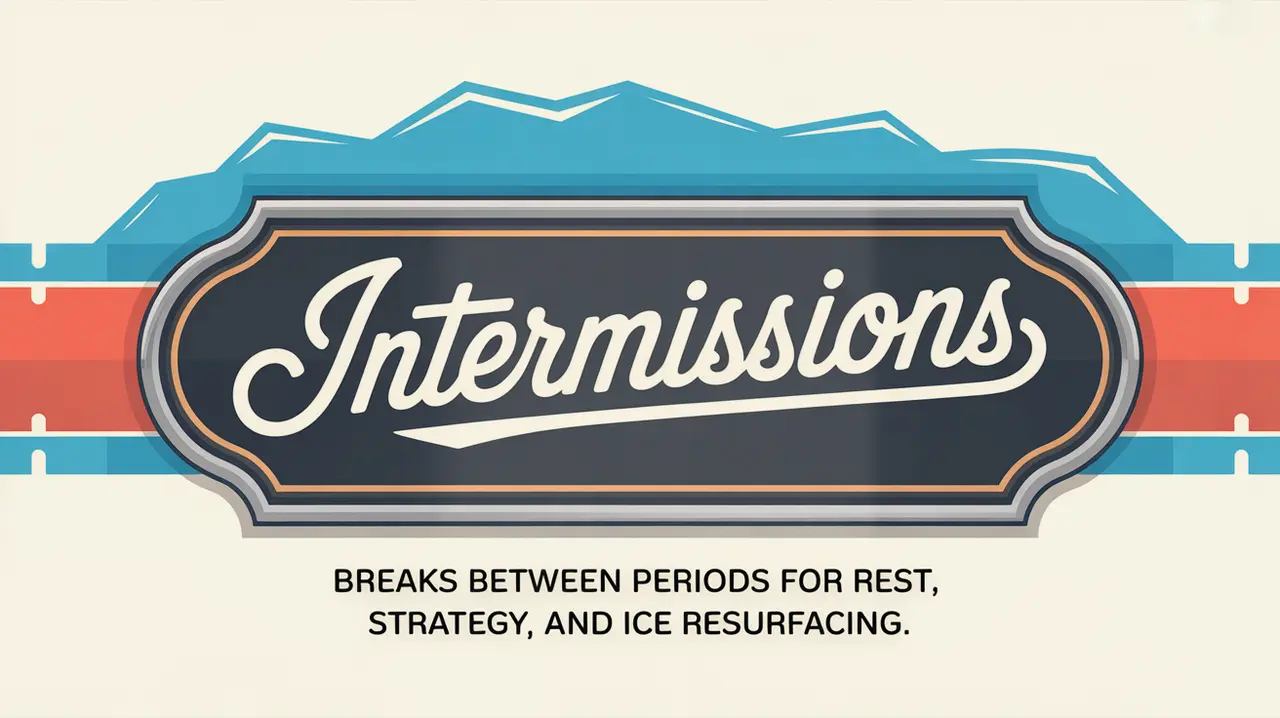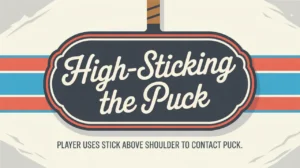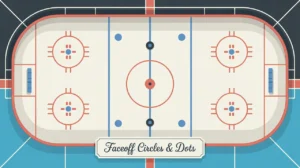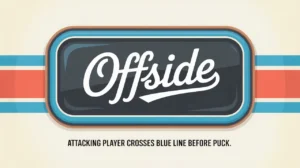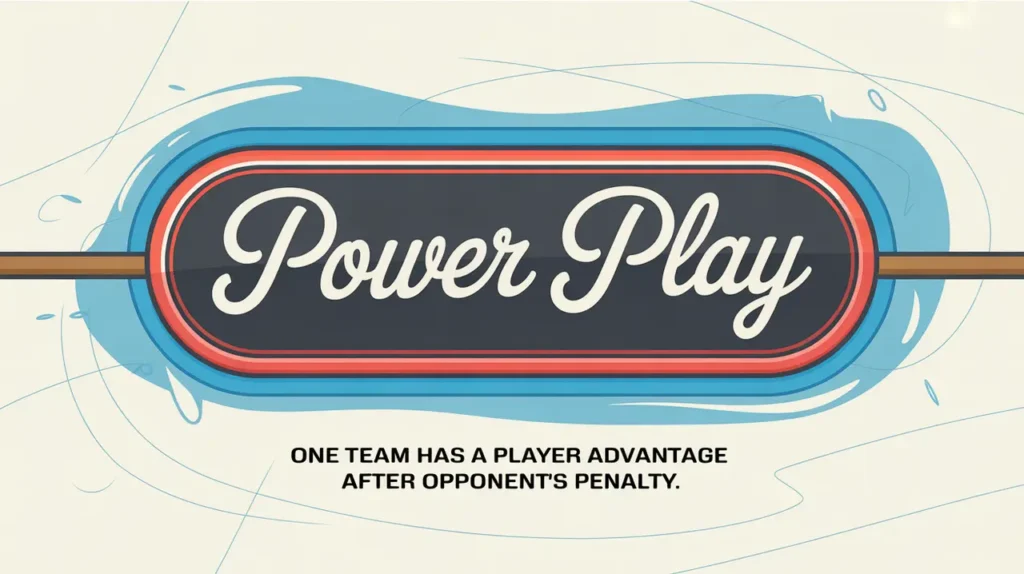Jim’s Intro to Intermissions
Hi folks, Jim here, the only commentator who once set up a float on a Zamboni to perform karaoke during intermissions.
What are intermissions?
Intermissions are the breaks between periods that give teams a chance to recover, reset, and adjust their game plans. They usually last between 15 and 18 minutes, depending on the level of play and broadcasting requirements. While fans stretch their legs or grab snacks, players and coaches use this time strategically to prepare for the next period.
How does it work?
Intermissions serve multiple purposes on and off the ice:
- Ice Resurfacing: The Zamboni cleans and smooths the surface to ensure quality play.
- Strategic Adjustments: Coaches review the previous period, make tactical tweaks, and deliver focused messages.
- Recovery and Hydration: Players use the time to rest, rehydrate, and manage any minor issues.
- Video and Analytics: At higher levels, teams quickly review clips to adjust positioning or identify opponent tendencies.
- Mental Reset: Intermissions offer a moment to shake off mistakes and refocus for the next period.
- Broadcast and Entertainment: In pro games, intermissions often feature interviews, contests, or analysis segments for fans.
How do you make good decisions with it?
- Use Time Efficiently: Coaches and players focus on key points rather than overloading information.
- Stay Engaged: Mentally checking out can lead to slow starts in the next period.
- Manage Energy: Recovery is as important as strategy.
- Address Issues Quickly: Intermissions are the best time to fix systemic problems before they grow.
- Maintain Focus: Avoid distractions that derail momentum.
How do you master it?
Mastering intermissions is about balance. Recover physically, sharpen mentally, and prepare strategically. Teams that handle intermissions well emerge for the next period looking composed and ready to execute. Leaders in the locker room help keep everyone focused and motivated.
What does it look like when done right?
A well-managed intermission leads to strong starts and clear adjustments. Teams come out sharper, fix earlier mistakes, and often swing momentum early in the next period.
Commentator’s Corner
Jim’s Take
Intermissions aren’t naps. They’re pit stops. The best teams refuel, retool, and roll out faster than before.
Parent Tip
Encourage young players to stay mentally in the game during breaks. It’s a habit that pays off at higher levels.
Player Tip
Use intermissions to reset. Hydrate, breathe, and listen. Come out ready to set the tone.
A Final Thought
Intermissions may seem like downtime, but they’re a critical part of a team’s rhythm. Those who use them wisely often own the moments that follow.

